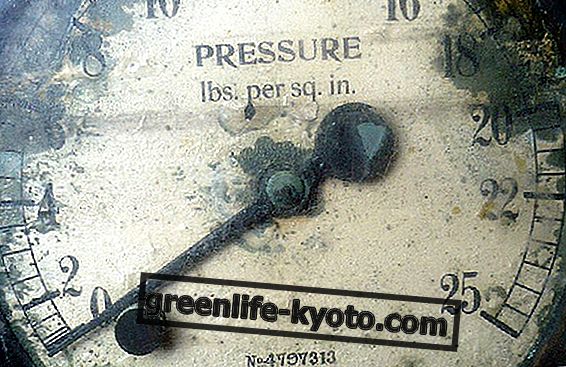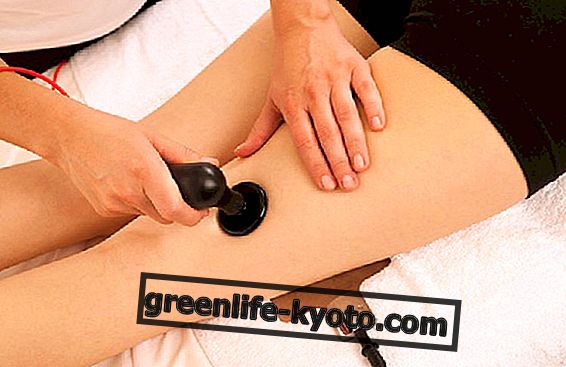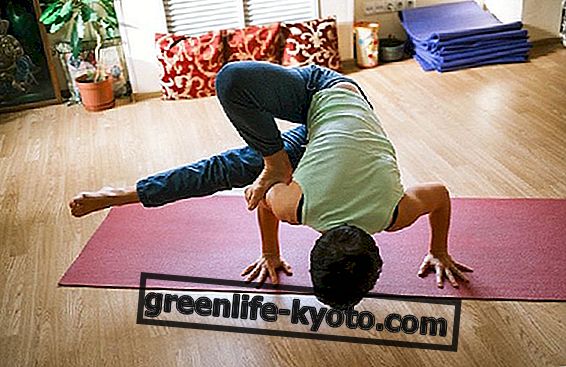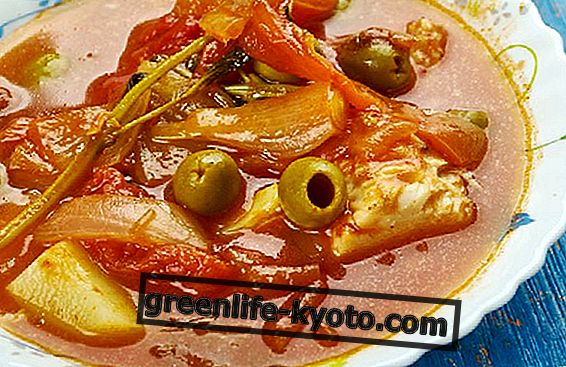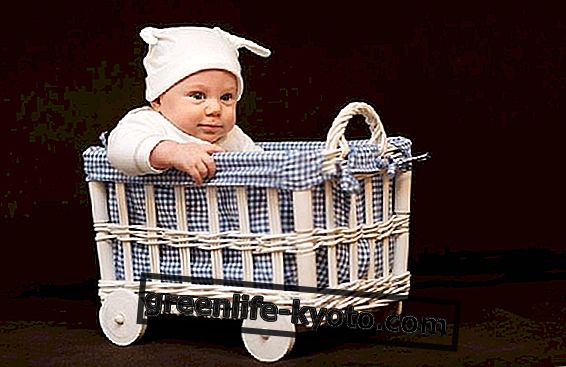
Panic attacks, like other anxiety disorders, can also occur in children. The causes can be different, for example at the base there can be a trauma, as can be a grief, or particular anxieties related to a crucial phase of growth.
The panic attack, in children who suffer from it, can be sporadic or frequent and the manifestations are different from subject to subject.
What are panic attacks
Anxiety, in children, is a normal condition, children have many fears related to different stages of development and often react with quite evident manifestations, such as crying, agitation, screaming ...
How do you understand when there is actually a problem ?
Panic attacks are paroxysmal episodes of anxiety: anxiety is so violent that it involves quite relevant physical ailments. Panic attacks suddenly appear and therefore disorient. If the anxiety crisis is linked to particular situations, such as places or events, then we should rather think of other anxiety disorders, such as social phobia or specific phobia.
The child who suffers from panic attacks usually manifests a discomfort that goes beyond the actual panic crisis, for example he may have problems relating to peers, manifesting excessive separation anxiety or a tendency to avoid certain situations.
In any case, it is not up to the parent to make the diagnosis : when you suspect that your child is suffering from panic attacks, the best thing is to contact the pediatrician who will make his own assessments and guide you on the path to follow.
Panic attacks in the child, what can a parent do?
It is very important that the adult does not get panic and anxiety too, because it would worsen the situation; a vicious circle would be created, further fueling the child's anxiety and even his own.
During a panic attack, the child usually seeks adult reassurance ; so, at that moment, the best thing we can do is stay close to him, cuddle him, and try to reassure him and distract him, keeping as much as possible that calm and tranquility that can allow us to calm the child too.
We can also try to help the child overcome fear, one step at a time, supporting it, praising him for small successes, so as to encourage self-esteem, creating a family environment in which everyone can feel free to express their feelings and their own emotions ; feeding him with love.
And then, the most difficult task: we should try to be a good model . An anxious, always frightened and perpetually nervous parent will definitely not help his child overcome his fears and anxieties.
Symptoms of panic attacks in the child
The following symptoms may appear during a panic attack:
> Motor symptoms, for example agitation;
> Vasomotor symptoms, for example hot flushes and sweating;
> Somatic symptoms, for example sense of suffocation, nausea, abdominal pain;
> Neurologic symptoms, for example vertigo and tremors;
> Psychic symptoms, for example, fear of dying.


